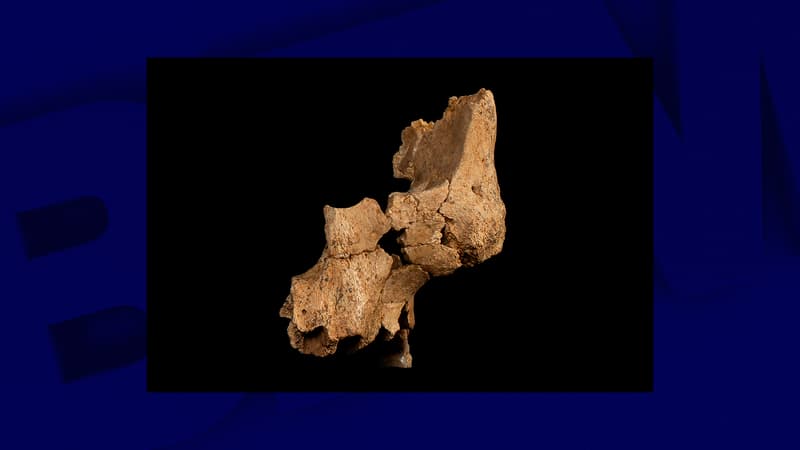The bone fragments found in Spain belong to the oldest human face in Western Europe, says researchers. A discovery transmitted in an article published in Nature magazine and reported Thursday, March 13 by The Guardian.
The fossilized remains were discovered in a deep geological layer of the elephant near Atapuerca in Burgos (Spain). They constitute the left cheek and the upper jaw of an adult belonging to a human species that lived in the Iberian Peninsula between 1.1 million and 1.4 million years before our era.
This study “presents a new actor in the history of human evolution in Europe,” said his first author, Rosa Huguet, from the Spanish University of Tarragona, at a press point.
Until now, the oldest representative of the human species in Western Europe, dated between 800,000 and 900,000 years, was a predecessor Homo, discovered in the Spanish Sierra de Atapuercer. The place located north of Spain houses at least ten exceptional archaeological sites. And is less than 250 meters from the Homo predecessor that a Spanish team discovered ATE7-1.
“Homo Affinis erectus” or “Rosa”
The Spanish team declares that the new discovered remains resemble Homo Erectus. But due to uncertainty about the identity of the fossil, the team of researchers designated the species under the name of Homo affinis erectusIt reflects its close relationship with the older human. The researchers also nicknamed the fossil “Pink”, referring to the Pink Floyd music group, including the album The dark side of the moon translates into The het face moon In Spanish, Occult face which means “hidden face.”
Dr. María Martinón-Torres, director of the National Center for Research on Human Evolution in Burgos, said that “Pink” had a flatter nasal structure than that of Homo antecessor, with a more modern face and with prominent nasal bones similar to those of Homo Sapiens.
Impossible at this stage to determine sex, and even less the age of “pink.” On the other hand, with three small stone tools, the animals of animals visibly marked with stripes and many paleobotanic tracks, the team has a good idea of the environment in which it evolved. A wet forest landscape, with Mediterranean vegetation, rich in volatile, rodents and macaques, horses and bovids, and even some bison and hypopopotamia. Evolving under a more temperate climate than today.
For Chris Stringer, responsible for research on human evolution in the Natural History Museum of London, this fossil is “a very important discovery.”
“This is another step to understand the first Europeans,” said Dr. José María Bermúdez de Castro, co-firming of the study. “Now we know that this first species had an appearance when remembering the specimens included by many in Homo Erectus (…) Other fossils should be found in other contemporary places to reach a stronger conclusion about the identity of this species.”
Source: BFM TV


